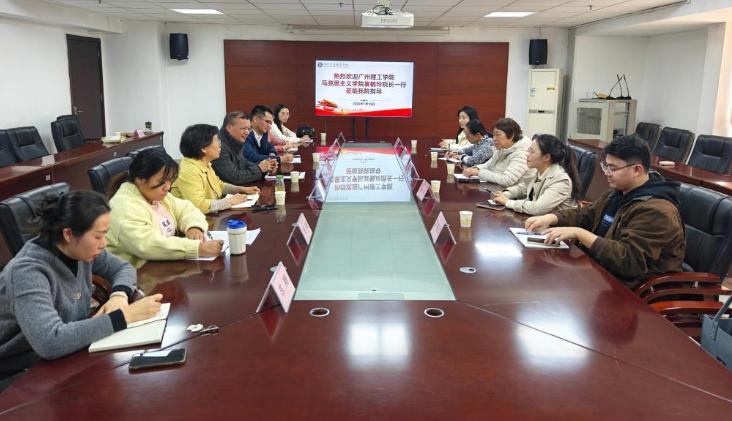ok138太阳集团新闻更多+
-
ok138太阳集团赴广州华商职业学院开展交流活动
为深入贯彻落实党的二十大和二十届三中全会精神,有效推动思政课改革创新,进一步...[详细信息]
-
- 广理思政课教师培训系列活动(第一讲)——思政课教师教...2025-01-11
- ok138太阳集团来公司调研思政课建设情况2025-01-01
- 公司迎接教学质量保障体系与教风学风建设专项检查2024-12-12
- 北海艺术设计学院来访2024-12-03
- 广州大学与公司签署高校思政课建设结对帮扶协议2024-11-25
通知公告更多+
- ok138太阳集团2024年秋季学期第20周工作周程表2025-01-13
- ok138太阳集团2024年秋季学期第19周工作周程表2025-01-06
- ok138太阳集团2024年秋季学期第18周工作周程表2025-01-02
- ok138太阳集团2024年秋季学期第17周工作周程表2024-12-23
- ok138太阳集团2024年秋季学期第16周工作周程表2024-12-16
- ok138太阳集团2024年秋季学期第15周工作周程表2024-12-09
- ok138太阳集团2024年秋季学期第14周工作周程表2024-12-02
- ok138太阳集团2024年秋季学期第13周工作周程表2024-12-02
党团工会更多+
-
- 公司举办“冬日欢聚,共庆生辰”教职工集体生日会2024-12-13
- 公司党总支开展学习贯彻党的二十届三中...2024-12-13
- 探寻红色记忆 传承文化根脉——ok138太阳集团教工...2024-12-07
- 公司党总支开展“传承革命精神 聚力高质...2024-09-30
- 踏上历史征程 赓续精神血脉——党纪学习系列报道22024-07-30
- 踏上历史征程 赓续精神血脉——党纪学习教育系列报...2024-07-29
- 公司开展“传承红色基因 学思践悟 中国...2024-07-28
- 公司开展“传承红色基因 学思践悟 中国...2024-07-28





